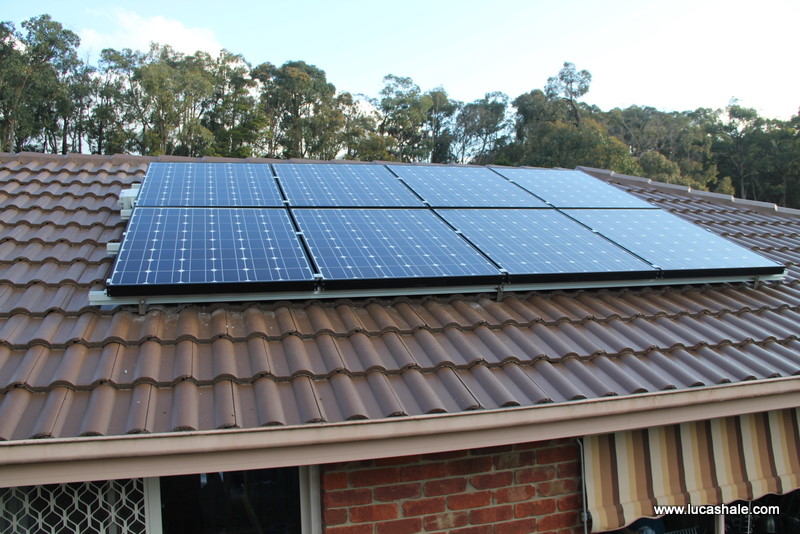Over the holidays we brought a new TV and I thought I’d best check the power consumption since saving power was part of the justification for the purchase. The old TV was a 3rd generation Plasma (from 2005) and the new one is LCD LED so it will use less power, right?
I’ve already posted about the smart power board we purchased in No more vampire devices but what if the TV was better then the standby power used by the power board? Why would I think this could be possible, well since we swapped TVs around I have had to manually activate the power board as the IR sensor is still attached to the old TV. Each time I’ve noticed that the power board is warm, this means that it is consuming a significant amount of power. Time to attach the power meter!
So what were the result?
The power board, old TV, Wii, and PS3 in standby consumed 7 Watts
The power board, new TV, Wii, and PS3 in standby consumed 4.5 Watts
I measured the new TV by itself, it didn’t even register a reading! That means that my based on my power meter it consumes less than a milliwatt!
What about the smart power board? It measured 2 Watts! So now I’ve just unplugged the Wii (2 Watts) and replaced the smart powerboard with a plain old normal power board and now the standby power is 0.5 Watts. A saving of 6.5 Watts in standby!
Oh and the TV also uses about half the power when it it turned on as well but it does have a 7 star rating!








